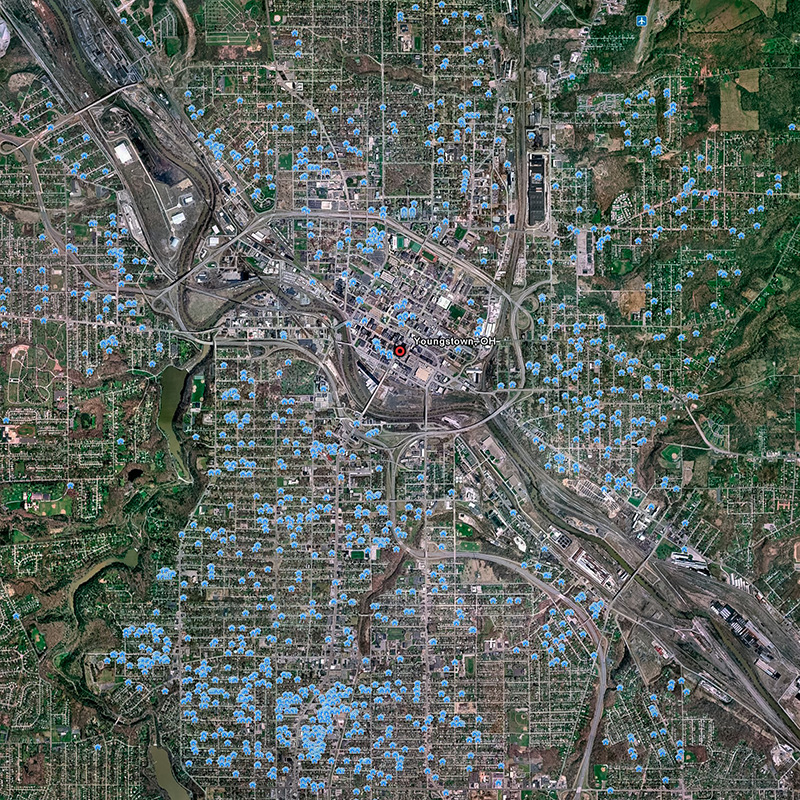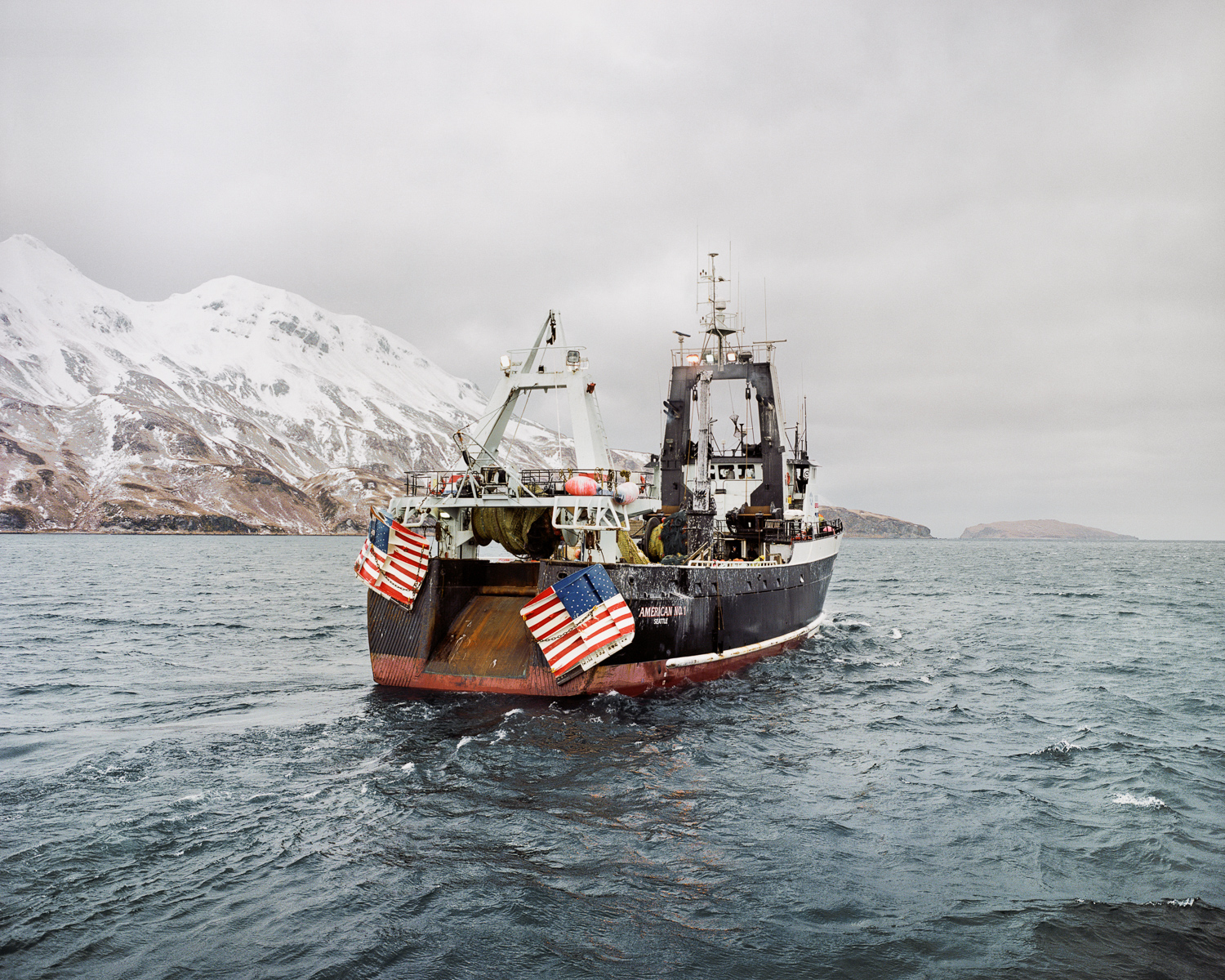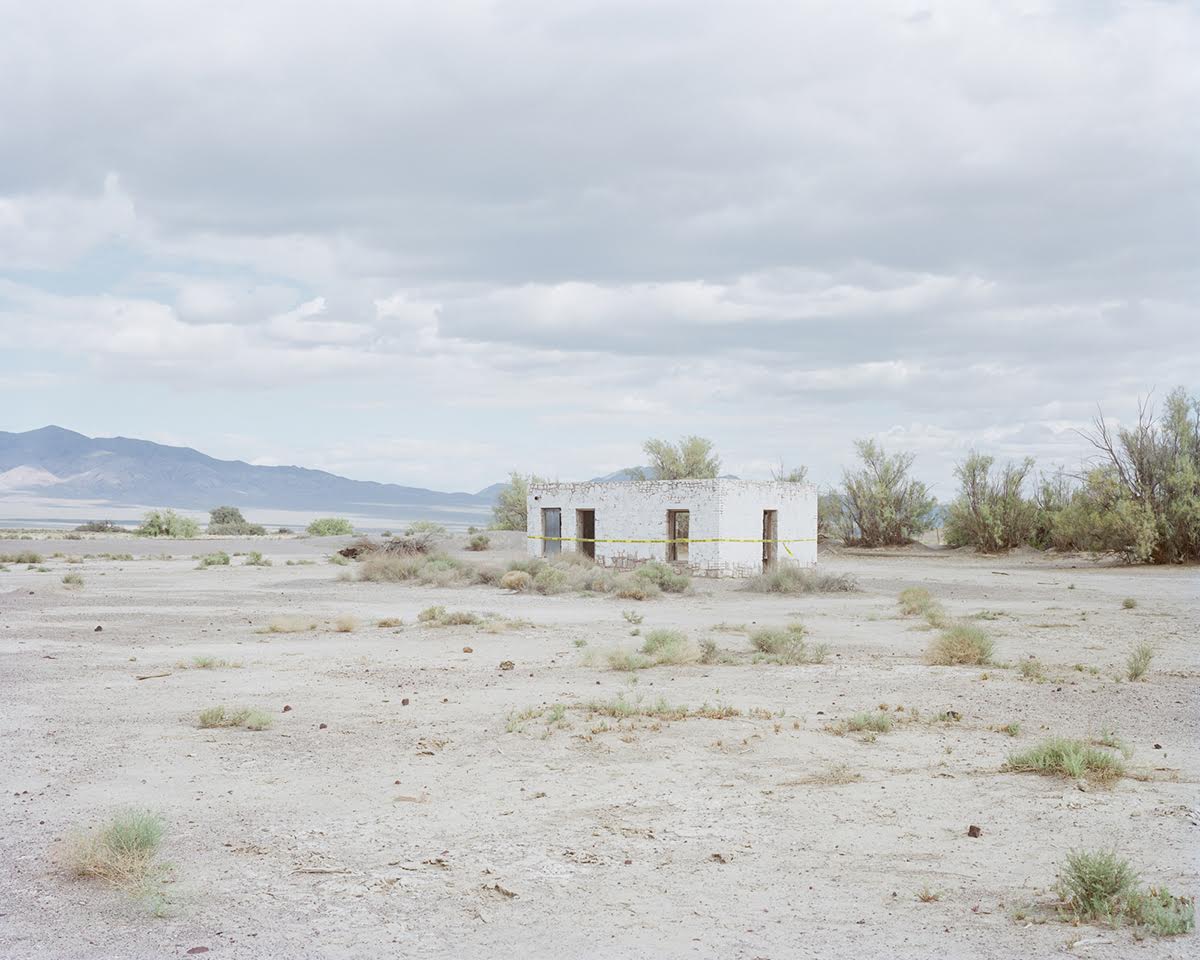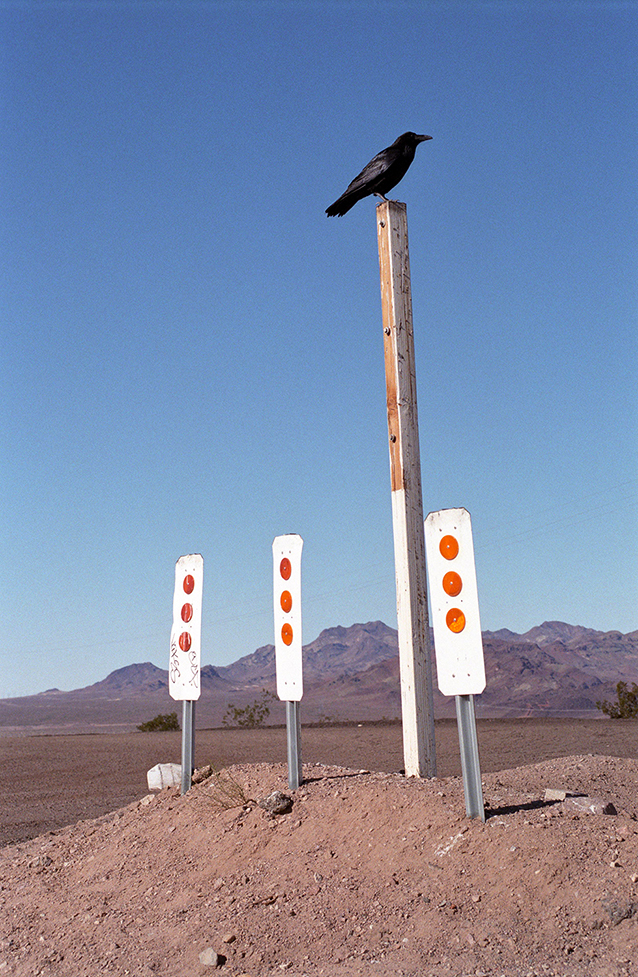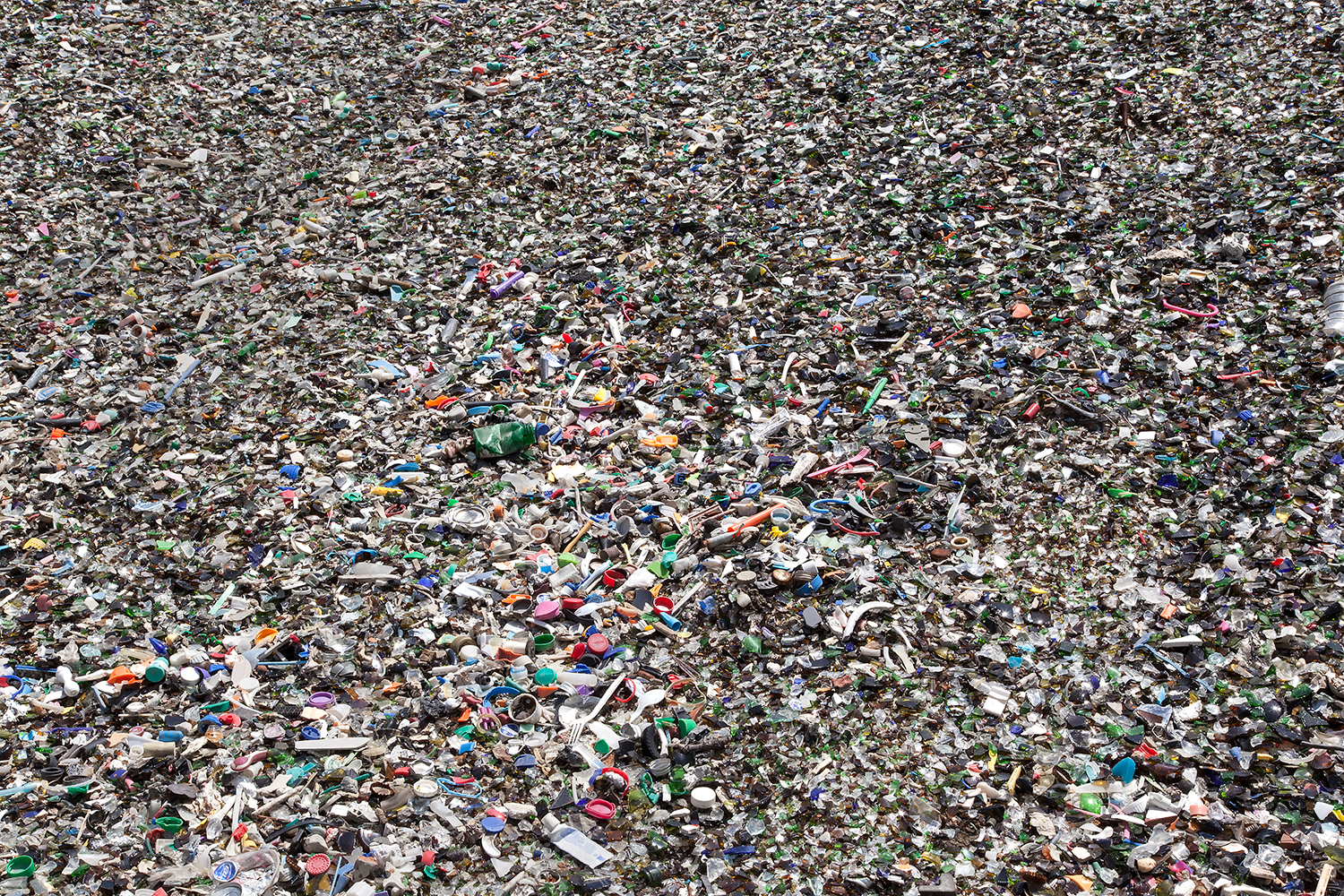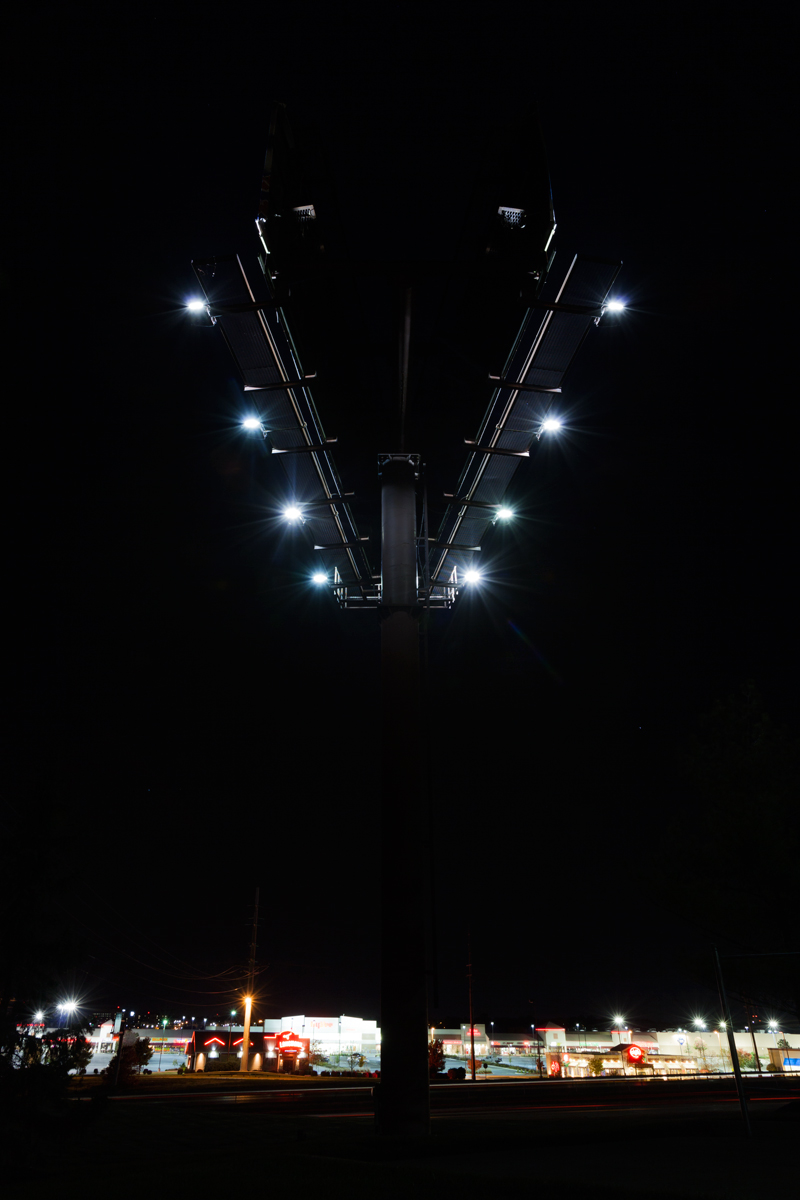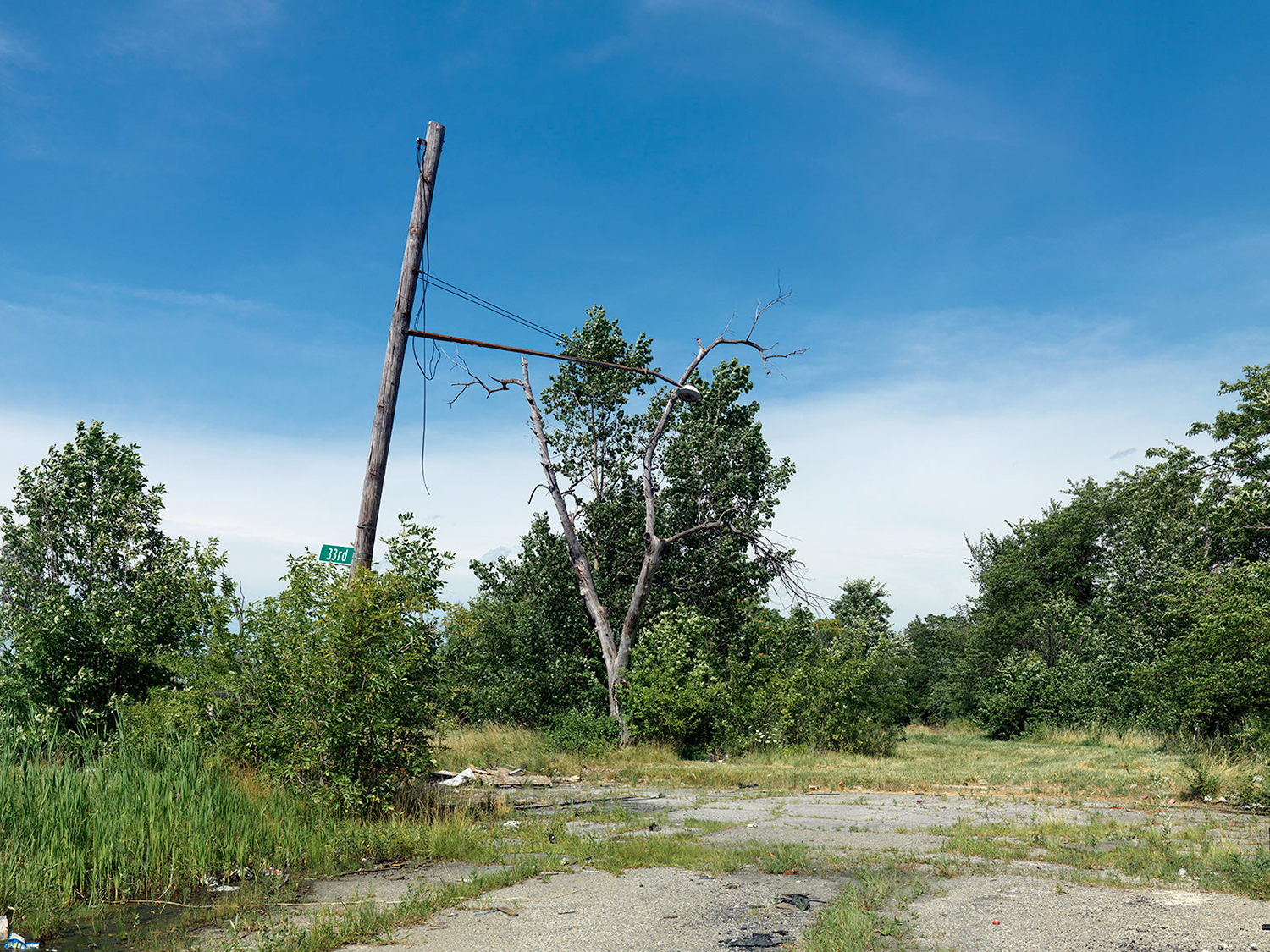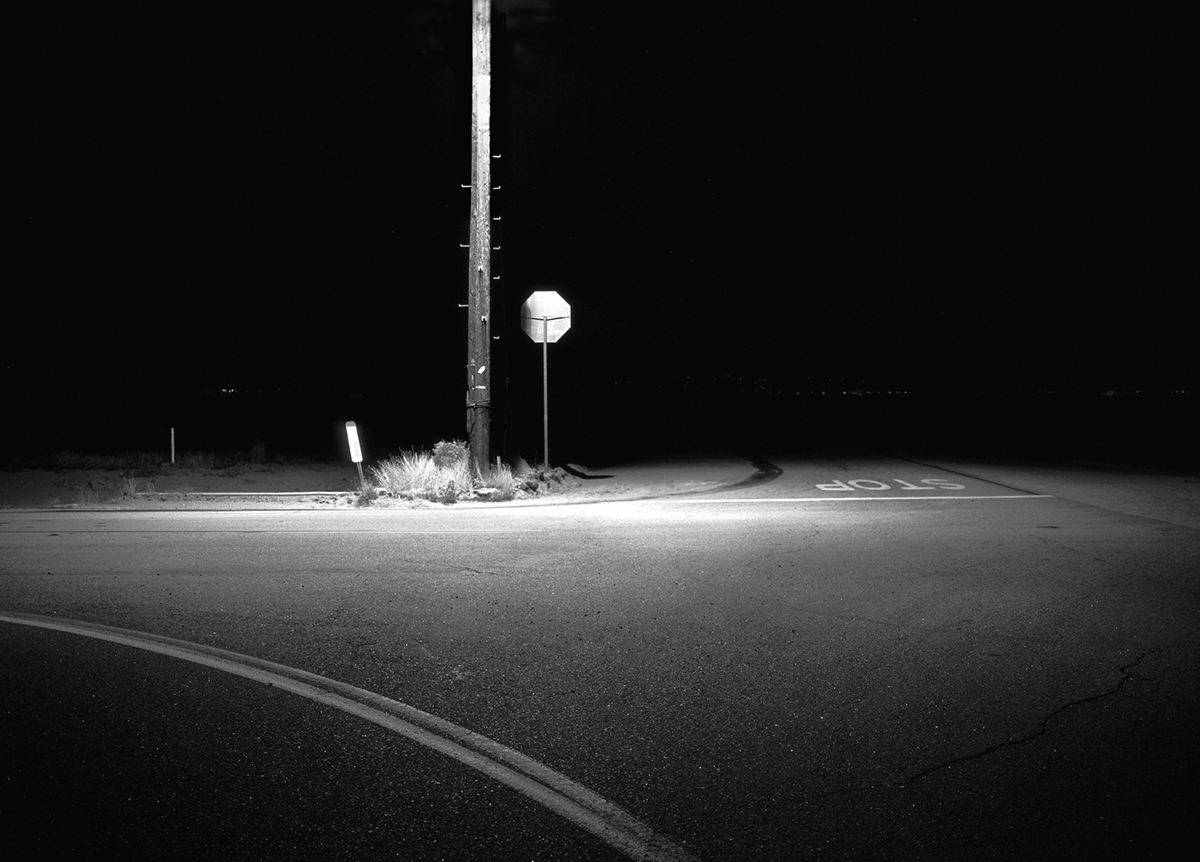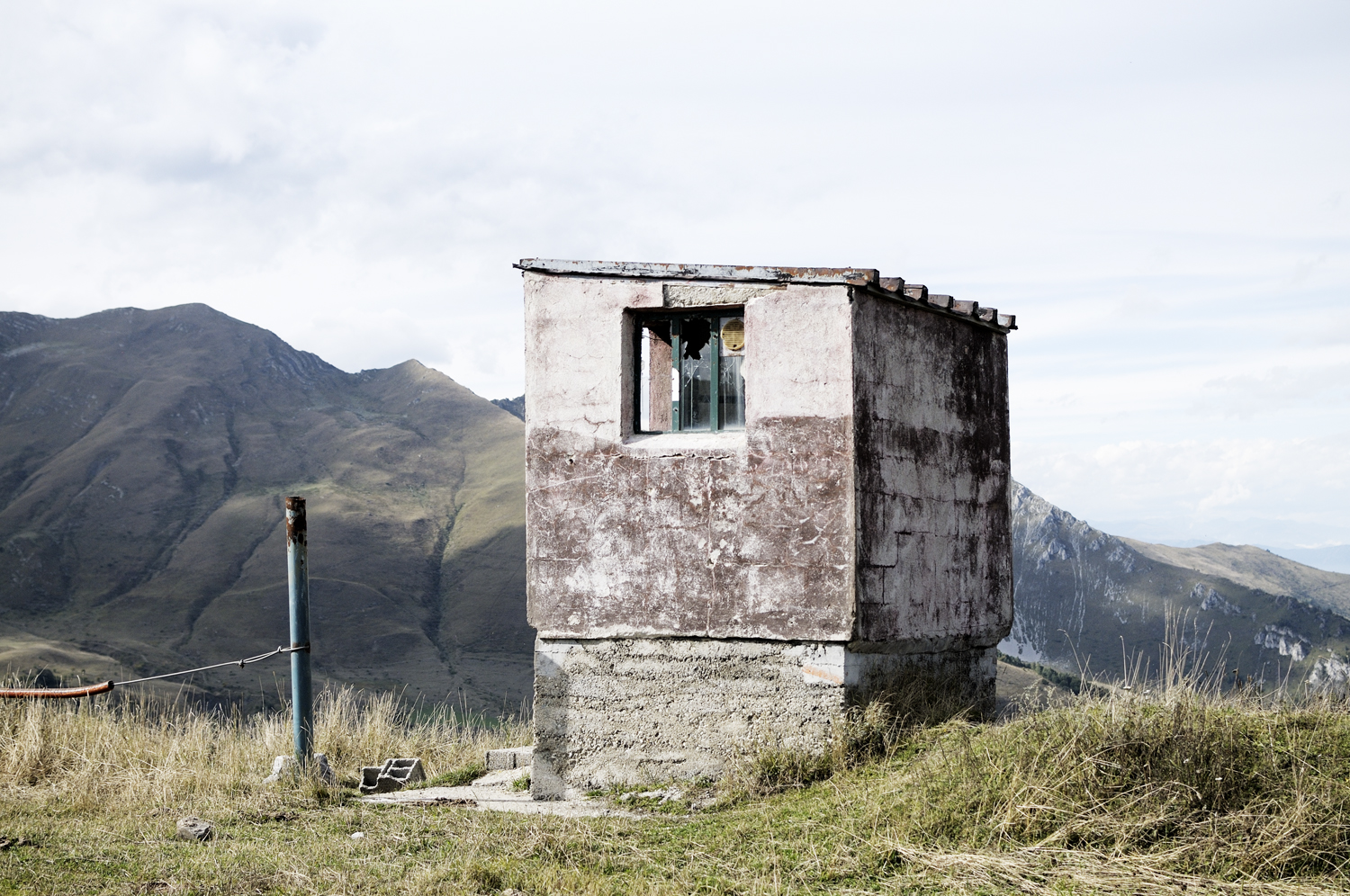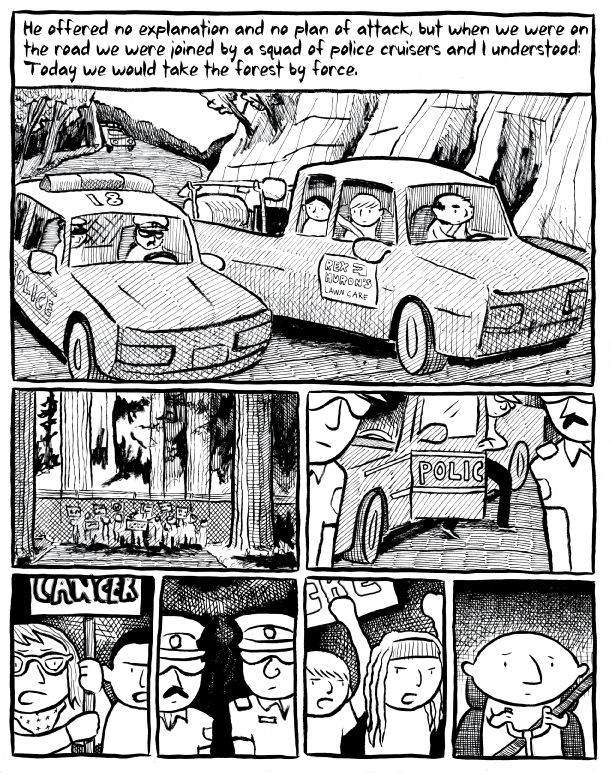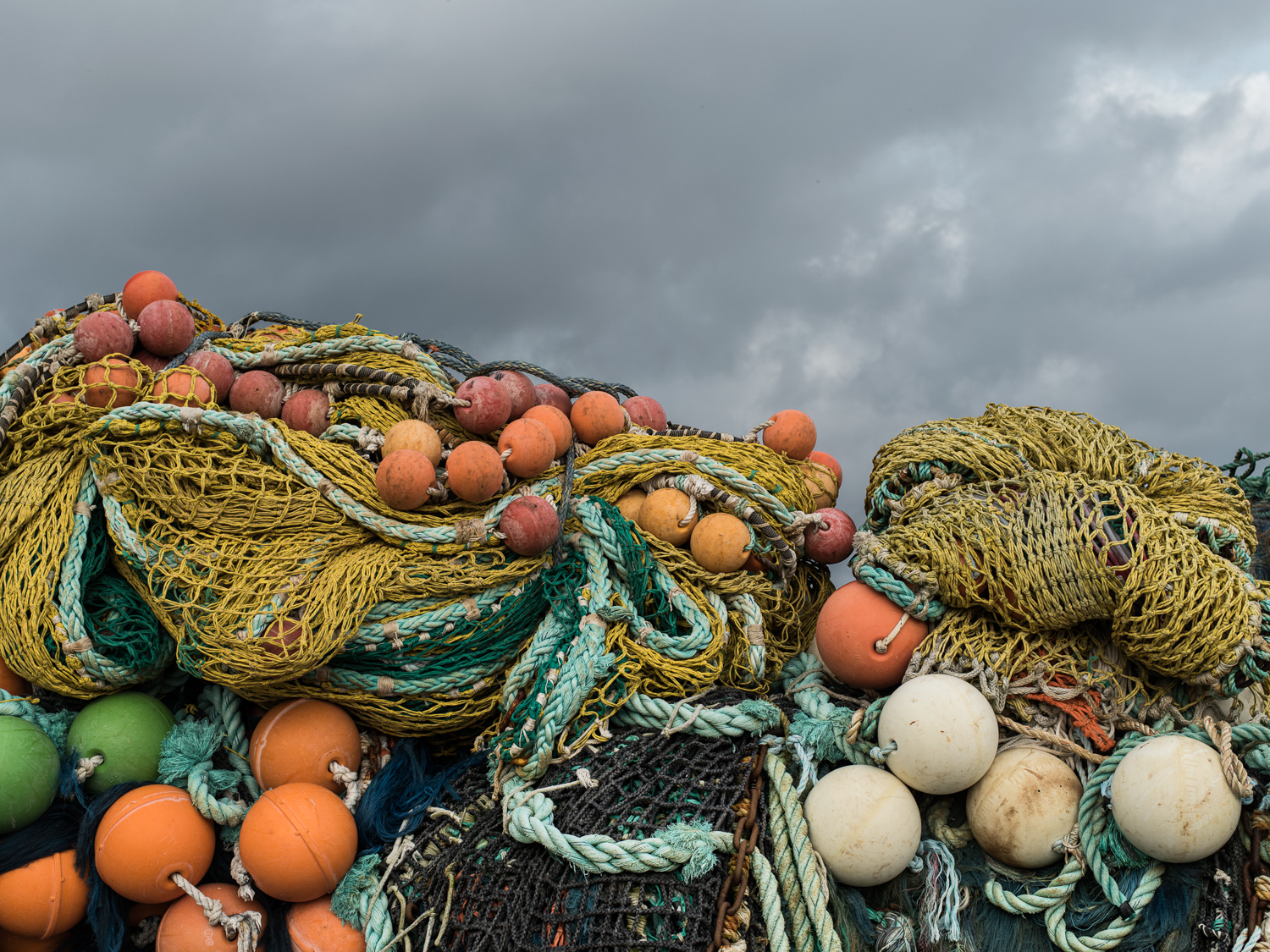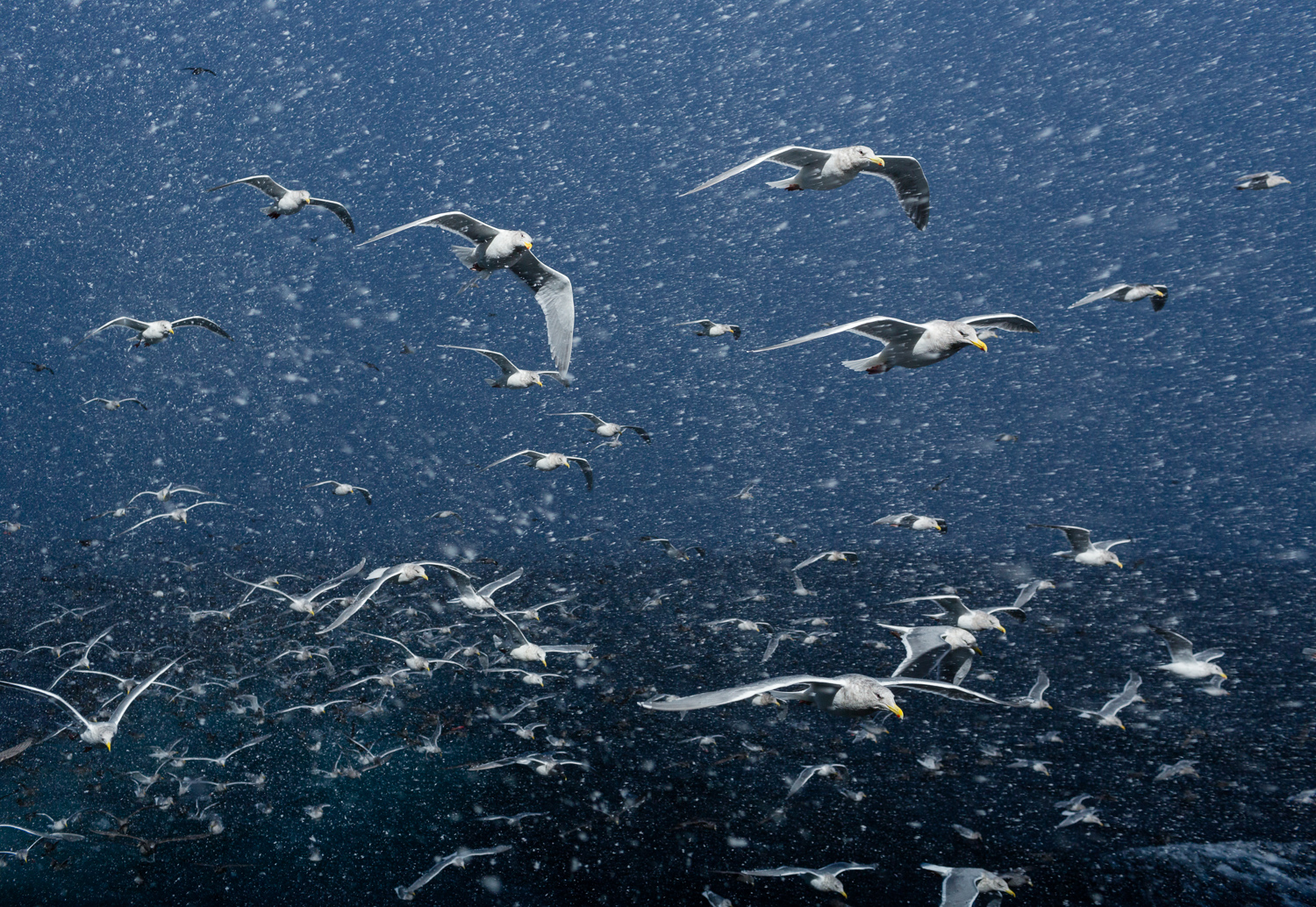Images By: Corey Arnold
Written by: Ryan Nemeth
Attracted by the opportunity to run a sawmill, my grandfather moved from Molalla, Oregon to the coastal town of Yachats (pronounced Ya-hots) sometime in the late 1950s. Yachats was and still is a sleepy little town of less than 1000 people in Lincoln County, Oregon. It is the kind of place in the winter where you can walk on the beach for miles and see no one. In fact, one is almost obliged to fall into introspection from the perpetual sound of crashing waves and the usual dense fog that engulfs the place. At first glance, one could easily assume that the town has probably not changed much in fifty years. Of course, there are new houses on the hill with bloated California prices, but the easy-going, laid-back vibe of Yachats still persists. If one was inclined to try and figure this out, they might conclude that this is simply due to a lack of services; two or three decent restaurants, isolated beach front hotels, one small grocery store, a coffee shop, a bar, etc. Also, there is no navigable harbor in town; so there are no boat docks, no boardwalks and no ocean charters. But there is something more, or should I say less going on? Yachats is a place where the town’s connection with the sea prevails. Thus, the creature comforts associated with modern city life are nil and one is left to take in jaw dropping ocean views and seaside sounds unabated and without distraction from our modern existence.
What can I say? The place is good for contemplation and reflection. While visiting two summers ago, I struck up a conversation with my father, aka “Billy Yachats”, about his recollections of town when he was young. This sleepy little place etched lots of fond memories in my father’s mind, atop the list are line catching salmon in the Yachats River and hand hauling them in, digging for razor clams by the dozens and netting smelt. Sure, people still land a fish or two at the mouth of the river, but the numbers of fish returning to spawn are pretty darn skinny these days; all that was is simply no longer. It is pretty astonishing to think that in just two short generations of my family, the biodiversity in this little microcosm of an environment on the Pacific Ocean has changed that much. This is even more shocking considering the fact that trade records of the Columbia River and Coastal tribes show that Native American trade networks were trading smelt oil “Ooligan” and salmon in quantity at the point of first contact. Furthermore, oral history and archaeological records push these dates back many centuries before prospectors and settlers arrived. Thus, it is fairly easy infer that human actions have played a significant role in interrupting the migratory flow and abundance of many coastal fisheries including those of Pacific salmon, smelt and bi-valves.
To elaborate, both salmon and smelt are currently listed as threatened under the Federal Endangered Species Act and razor clam harvests have largely migrated to Northern coastal beaches. Back in the day, when my grandfather first moved to town, the fishing was bountiful and all three species were abundant and healthy. So much so that in lean years and tough times, one could catch enough of all three to subside. As the matter of fact, the smelt used to run really hard around Yachats and fried smelt were a delicacy shared by my father and grandfather. I have never eaten fried smelt, although I would love to and it saddens me to think that the Yachats I know today is very different from the town my father reminisces about. Although the place looks and feels the same to me, it is simply not the same experience without the fish running. Most of us do not stop to think just how much biodiversity loss affects both the character and culture of place.
One does not have to travel to far North along the coast to find evidence of dramatic cultural change. Seventy miles North of Yachats on the Oregon Coast is the town of Pacific City. Like Yachats, the town has no port, harbor or bay and ocean access is strictly limited to the beach. Pacific City is the home of the Pacific Coast dory boat and it is interesting for the fact that commercial fishermen have employed these unique boats to access the open ocean for more than 100 years. The dory boats are small flat-bottomed vessels and they are noteworthy because they can be launched directly from the beach into the ocean. Pacific City also happens to be the only place on the West Coast where Dories are launched directly from the beach. By the middle of the twentieth century, the Pacific City dory fleet numbered in the hundreds; this was largely driven by local demand from salmon canneries. Through the 1970s, there were as many as a dozen commercial Dory boat builders in Pacific City. Today, all but one seasoned boat builder remains; just like the fish, this amazing craft has all but dried up and the fate of the Dory fleet hangs in the balance.
When my grandfather moved to the Yachats, fishing dominated conversations and local culture as this was simply a way of life up and down the Coast. Irrelevant of one’s acknowledgement or willing participation, there was shared purpose and community in a coastal existence as life was intertwined with fishing and subsistence in the sea. Talk of the tides, the moon, the weather and what was biting is all that really mattered. Over a pint or breakfast, one was always within earshot of a good fishing story or valuable advice from a seasoned fisherman. Although this culture still exists, it has largely been consolidated into a few small port towns like Newport, Or. What has changed dramatically is that the new owners of fishing folklore and culture have largely become corporations and industrial businesses as fleets have been scaled up and consolidated to deal with economic changes in the industry.
Once upon a time, ancillary industries like boat building and net and trap production were viable ways to make a living. As evidenced in Pacific City, many of these operations are no longer as the demand and scale of the industry has shifted elsewhere. Resource scarcity, market volatility, and growing industry regulations have forced the industry to fish with bigger boats and to stay out longer in order to breakeven and produce profits. Much of this strategy precludes local fisherman and boat builders from even being involved; they cannot produce in the quantity required to make a living. Furthermore, there is always the looming risk of a bad season, price inflation or changes in demand, etc. It is these market pressures that have forced the consolidation of the industry and cajoled the fishing industry to morph into something entirely different.
In the end, what should be acknowledged is that both commercial fishing and coastal life around the globe have changed dramatically. It is tough to even begin to make value statements on this topic for the fact that I support sustainable fishing and the culture that goes along with it. In many cases, we vilify the fisherman, failing to realize that what we do on land has a lot of consequence and impact for those that work at sea. Globally, we must begin to realize that our small human existence in tiny off grid places like Yachats matters and that what we do collectively as human beings impacts our larger global environment. Thus, the falling off of just one fish species and the degradation of biodiversity in local environments can have a dramatic global impact. My point is that this often shows up as change in local culture and economies resulting in a challenge to a life and existence that many know and love. If you are at all inclined to believe that little sleepy off-beat places like Yachats, Or. are insulated from the world then think again!
Corey Arnold is a photographer and commercial fisherman by trade. He has worked seasonally as a commercial fisherman in Alaska since 1995, including seven years of crabbing in the Bering Sea aboard the f/v Rollo. Corey now captains a commercial gillnetter, harvesting wild and sustainable Sockeye salmon in Bristol Bay, Alaska while living seasonally in an abandoned salmon cannery complex called Graveyard Point. His life’s work: Fish-Work is an ongoing photography series documenting the visceral experience of life at sea for commercial fishermen worldwide.
See Corey’s work here: http://www.coreyfishes.com
Current show and works for sale: Charles Hartman Fine Art
References:
- McDowell, Robert M. (1998). Paxton, J.R. & Eschmeyer, W.N., ed. Encyclopedia of Fishes. San Diego: Academic Press. p. 116. ISBN 0-12-547665-5.
- Reference 2
- Reference 3

